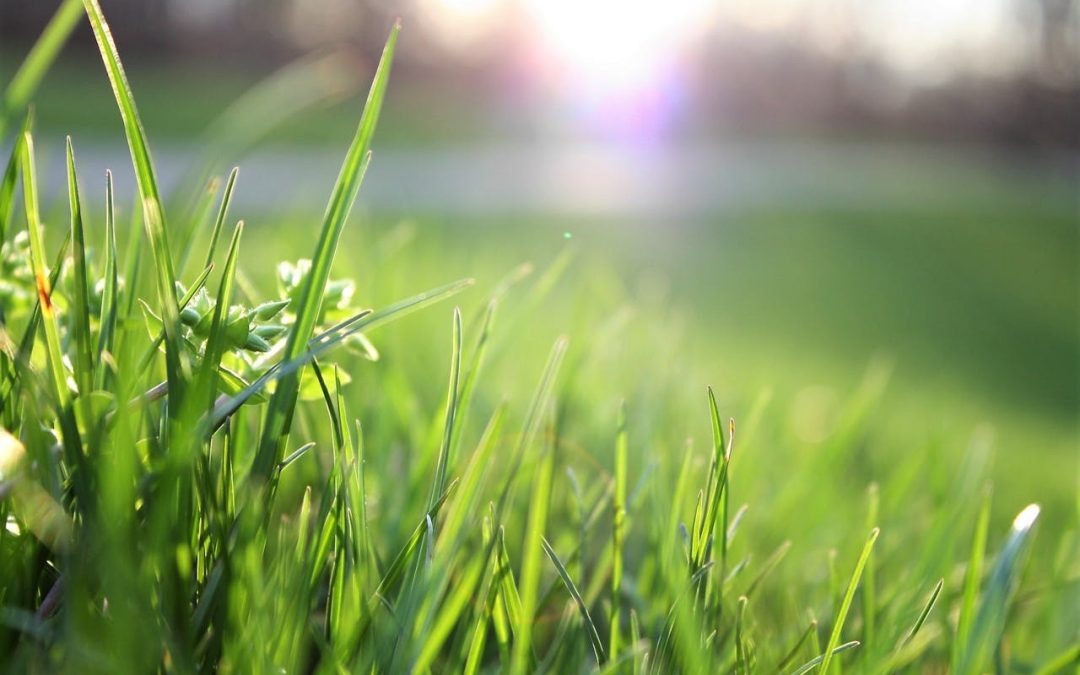Embrace environmentally-friendly habits and take steps toward eco-conscious lawn care.
As leading providers of lawn mowers in Western Australia, we know the best place to start is a healthy lawn. This way, reducing water, fertiliser and pesticide usage becomes easier.
Mowing
While a Walker ride on mower makes mowing easier and more enjoyable, cutting too low and too often can be bad—but waiting too long may also have a negative impact on lawn health.
Both over- and under-mowing risk making lawn vulnerable, leading to increased demand for fertiliser and pesticide.
During Western Australia’s springtime, weekly mowing is common; in winter, once every 2 or 3 weeks could be enough. Monitor growth rate, and adjust your schedule as needed.
Whatever the season, mower blades should be sharp, to ensure a smooth cut.
Keep your lawn at as consistent height. The ideal lawn height depends on grass type.
Soil and grass care
You want deep, strong roots, so the health of your soil is important.
Using a soil test kit will hopefully offer a result in the 5, 6 or 7 range. Higher or lower numbers mean soil is too acidic or alkaline to best support grass growth.
For problematic levels, take steps to rebalance the soil. Where possible, choose organic treatments or those with ingredients least harmful to local waters.
Have you explored the benefits of mulch and compost over harsher fertilising options? When mowing, leave a thin, even layer of grass clippings.
If using a fertiliser, spring application is best. Some grass types need additional fertiliser throughout the year, so check if in late summer and early autumn applications are also called for.
Healthy grass withstands pests and diseases better, but if in need of pesticide, explore eco-conscious options.
Remember to aerate your lawn, especially around the time of fertilising to better allow nutrient infiltration.
Watering
Reducing water usage is an important part of sustainable lawn care.
Watering in the middle of the day during summer months is a lost cause. Water in the early hours of the morning or post-sunset, so water isn’t lost to evaporation.
Instead of quick bursts of lawn watering, a less-frequent deep soak is more effective. Mulch also helps keep in moisture.
Why pay to water what the rain has already soaked? Adjust your automated system as weather changes.
Consider the pros and cons of investing in a rainwater tank, or look into bore water usage.
Drip irrigation may be worth exploring, sending water directly to roots and greatly reducing the water required.
If deciding on a watering system, weigh up factors like lawn size, installation costs, and long-term water usage to pinpoint the best option.
Those watering lawns by hand or sprinkler should regularly check the hose and parts for dripping and leaking.
Get informed on local laws pertaining to water usage and water storage.
Deciding on lawn
Consider Australian conditions and maintenance requirements when choosing a lawn type. If your lawn requires excessive care, it may not be the most environmentally conscious choice.
You’re likely already locked into a grass type. If you decide to switch, or are installing new lawn, research from an eco-friendly perspective.
Relevant points include:
- Hydration needs
- Drought performance
- Mowing expectations
- Fertilising demands
- Resilience to local pests
Sustainable practices are worth it
Eco-conscious lawn care is great for the environment, and with careful planning can have a positive effect on your garden budget.
If you want to talk lawns, riding mowers and lawn mowers, come see us in Rockingham, or make contact with our team.










